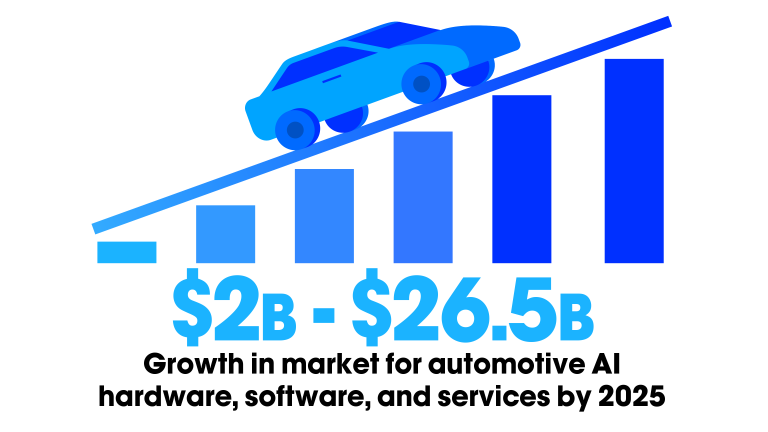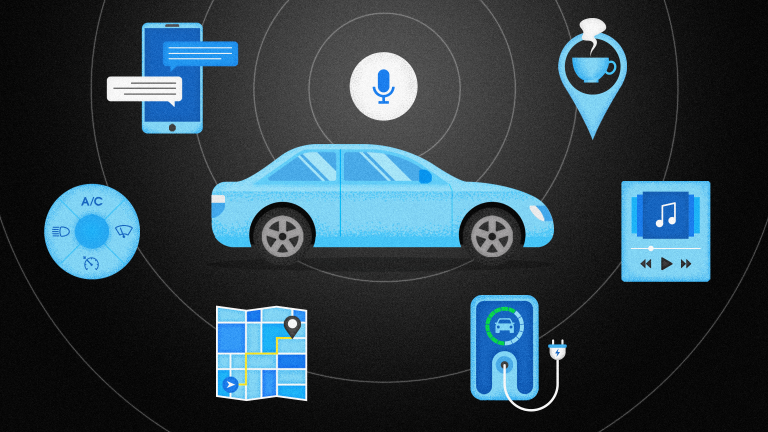As awareness is growing, public companies, governments, and private enterprises are looking for ways to be more inclusive, including improving accessibility for people with different physical abilities. It’s no easy task to optimize a website, mobile app, or tablet to provide the same accessibility for people with a wide variety of needs. Some require specialized input of text, and others need communication without relying on a screen.
According to the CDC, 61 million adults (26%) in the United States live with a disability. Making products more accessible for this underserved and largely untapped market is not only good business, it’s the right thing to do. One solution is to voice-enable products and services to eliminate barriers to entry. Voice assistants remove the need to input text, navigate a series of types and swipes, or access a screen. They offer a way for people to navigate phones, apps, tablets, computers, smart home technology, and the world around them with fewer limitations.
By making their products and services more accessible to a wide range of people with varying abilities, technology companies have the opportunity to change lives for people formerly marginalized by their inability to access information and entertainment without assistance. Here are five areas where voice AI can make a positive impact for nearly one-third of the population:
- Employment
- Education
- Entertainment
- Socialization
- Independence
Accessibility needs that voice AI can assist
While many brands are working hard to meet accessibility needs, there is still work to be done. A six-month accessibility study of the one million top homepages by WebAIM revealed that 98% of web pages failed to meet accessibility standards, such as low contrast, alternative text, empty links, form labels, and document labels. Voice-enabled websites and voice search capabilities eliminate the barriers caused by traditional computer interfaces which require manual dexterity and visual acuity. For many, limited access to tablets, TVs, mobile apps, and smart home technology has been a barrier to accessing information and entertainment.









